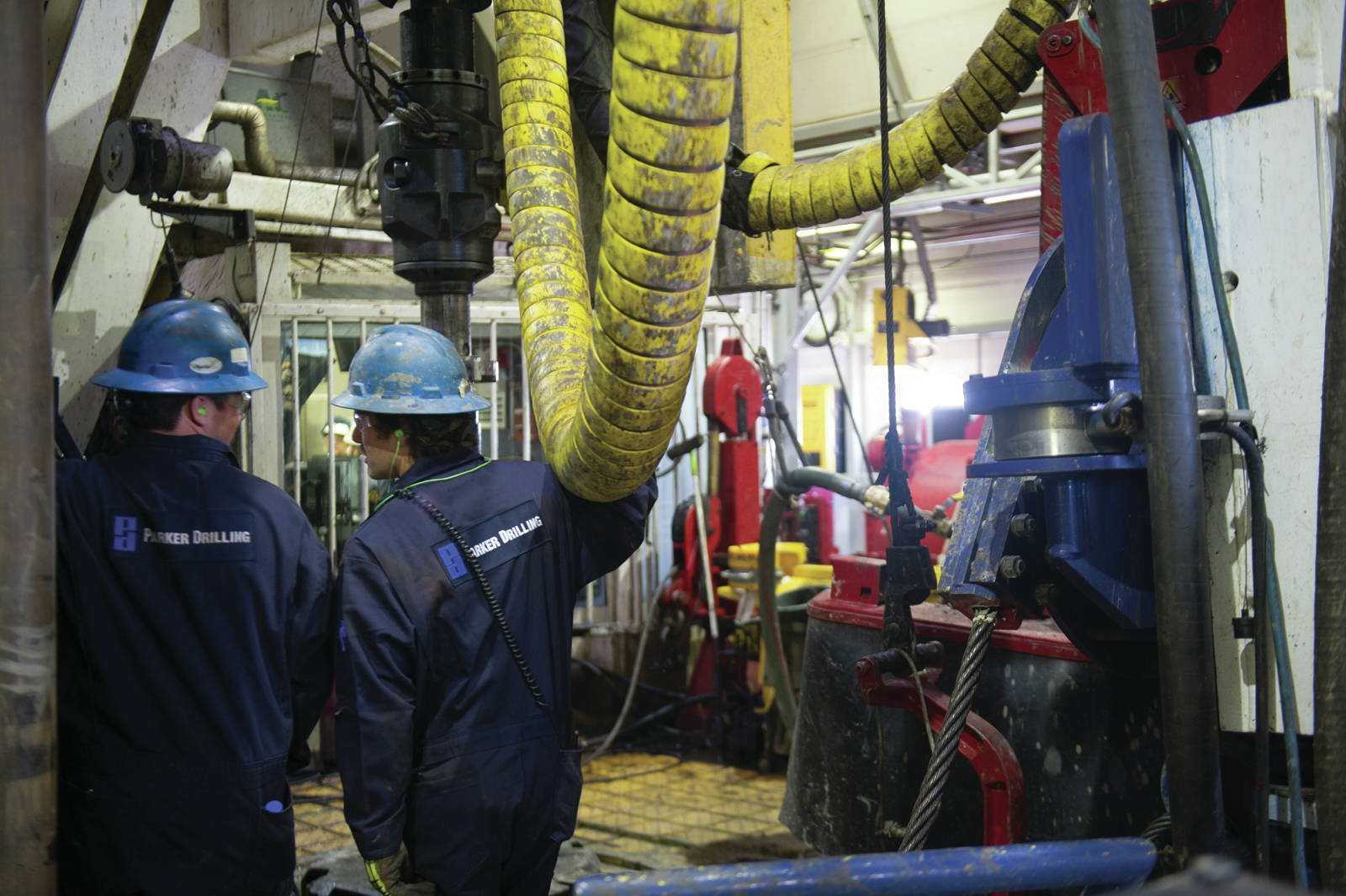Alaska seasonally adjusted unemployment rate hit 7 percent in July according to the state Labor Department.
It’s the highest the unemployment rate the state has seen in nearly five years since it was at 7.1 percent in October 2012.
The rate was up 0.2 percentage points from June, up 0.5 for the year and up 0.3 from July of last year.
By comparison, the national adjusted unemployment rate was 4.3 percent in July.
The not-seasonally adjusted unemployment rate was 6.6 percent in July, down 0.4 percent from June, which is common. Economists try to account for seasonal employment demand swings with the adjusted rate to better show month-to-month employment trends. Alaska’s busy fishing and tourism industries make lower unadjusted rates a common occurrence during the summer months.
The upward trend in unemployment was spurred by the estimated loss of 7,500 jobs over the past year — a 2.1 percent decline in jobs statewide since July 2016, according to the Labor Department.
“Preliminary estimates show job losses spread across most industries, although the deepest losses remain concentrated in industries closely tied to oil and gas,” an Aug. 18 Labor release states.
Alaska lost about 1,500 direct oil and gas jobs over the past year, another 1,200 construction jobs and about 1,000 jobs each in the professional and business services and state government sectors. Job growth in the state since July 2016 has been limited to health care, local government and federal government positions. Those sectors have each grown by about 1.4 percent over the past year, according to Labor figures. Overall, Alaska is down about 8,900 jobs, or 2.6 percent, this year from its 2015 statewide employment peak.
The 330,000-job average through July is comparable to full-year employment in 2011. Alaska economists have generally said they expect the current two-year recession to relax in 2018 before the state eventually resumes small job growth in following years. Statewide direct oil and gas employment peaked in 2015, averaging just less than 14,200 jobs for the year before significant layoffs began. Alaska has averaged 10,600 oil and gas jobs so far in 2017, a 25 percent decline from the 2015 employment.
The oil price decline of 2014-15 has hit Alaska contractors especially hard as North Slope oil companies have pulled back spending on large projects. Doubling down on that has been the virtual elimination of state-funded capital projects in the annual state budget as government oil revenues have dwindled as well.
Alaska spent more than $1.8 billion in discretionary general funds in the 2013 fiscal year capital budget. That was down to $120 million in the 2018 capital budget passed last month — nearly all of which was for the state’s 10 percent match to federal funds for highway and airport projects.
Construction employment has fallen from a near-term peak of averaging 17,800 jobs in 2014 to average about 15,100 jobs through the first seven months of 2017, according to preliminary Labor numbers.
Alaska construction employment was at its greatest over the last 15 years in 2005 with 19,100 jobs.
State government employment peaked in 2014 at an average of 26,500 jobs, including University of Alaska positions. This year, the State of Alaska has so far averaged 23,900 workers, which is about a 10 percent decline from 2014.
Elwood Brehmer can be reached at elwood.brehmer@alaskajournal.com.



